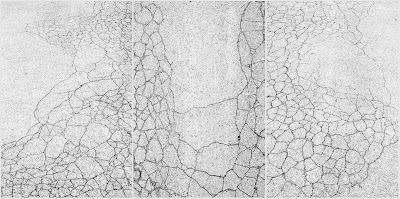skip to main |
skip to sidebar

Mostecká, 11 May.

Mostecká, 11 May.


Strahovská zahrada, 11 May.

 10 May.
10 May.
 29 April.
29 April.

 28 April. Looking over the Vltava towards the National Theatre.
28 April. Looking over the Vltava towards the National Theatre.
The penguins pictured are five of 34 YELLOWS LIGHT PENGUINS ON THE RIVER (Nucara, Veronese, Angi, Rizzetti, Kicco, Sweetlove), made from recycled water bottles rescued from landfill sites by The Cracking Art Group for Museum Kampa. Other plastic animals have appeared across Europe. The Cracking Art Movement originated in 1983 with the Milan Epocale exhibition (curated by Tommaso Trini and Luca Beatrice), motivating the "group’s intention to change art history through both a strong social and environmental commitment and the revolutionary and innovative use of different plastic materials that evoke a strict relationship between natural life and artificial reality." The name "cracking" plays on the English meaning of "cracking" as creaking, splitting, breaking, crashing, yielding, and “catalytic cracking," the process that transforms petroleum into virgin naphtha, which is the basis for many synthetic products such as plastic.
Before the penguins came Julian Opie's "Suzanne walking and Bruce walking," from his exhibition Walking on the Vltava, the two figures moving constantly against the current of the Vltava - over two metres high, they were displayed on LED screens fixed to a weir between Museum Kampa and the Charles Bridge.
Another river installation associated with the Kampa Museum is Magdalena Jetelova's huge chair sculpture, which dates back to the museum's opening in 2003. The museum (housed in a converted flour mill dating at least as far back as 1393) was originally expected to be open to the public a year earlier but just before the completion of reconstruction and interior design the Vltava River burst its banks and flooded the building up to a height of five metres. Jetelova's chair thus began its existence dramatically, the floods sweeping the chair away some fifty kilometres downriver, eventually to be found close to the town of Melnik.


28 April.
 Seminary Gardens, 28 April.
Seminary Gardens, 28 April.


